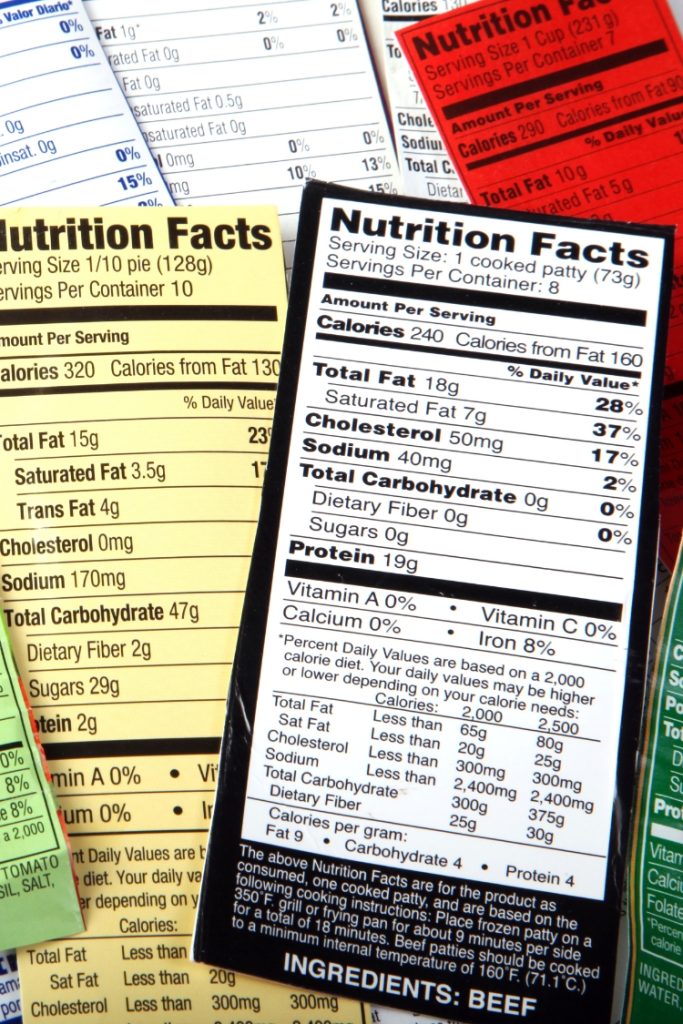Okay, let's be honest – “pantry makeover” sounds way more intimidating than it actually is. Especially when you're dealing with something like diabetes, it can feel like you need a degree in nutrition just to figure out what to eat! But trust me, creating a pantry that supports your health doesn't require a complete overhaul. It's all about making smart swaps, understanding portion sizes, and setting yourself up for success. I've learned a few tricks, and I am super excited to share!
So, ditch the overwhelm! Here are three ridiculously simple rules to transform your pantry into a diabetic-friendly haven:
1. The “Out of Sight, Out of Mind” Rule (Seriously!)

This one is Psychology 101, but it works. We're visual creatures. If we see a box of cookies every time we open the pantry, guess what we're going to crave? Exactly.
- Step one: Take a good, hard look at your current pantry situation. What are the biggest temptations? The sugary cereals? The processed snacks? Be honest with yourself – there's no judgment here!
- Step two: Move those less-healthy items to a higher shelf, the back of the pantry, or even a completely separate storage container. The goal is to make them less visible and less accessible.
- Step three: Bring the good stuff forward! Place your healthy snacks – like nuts, seeds, or whole-grain crackers – at eye level. Make it easy to grab something that supports your blood sugar goals.
I used to have a serious weakness for those little individually-wrapped chocolates. I'd tell myself I'd only have one, but… well, you know how that goes. Once I moved them to a container on the top shelf (where I literally need a step-stool to reach them!), my chocolate consumption dropped dramatically. It wasn't about willpower; it was about making it inconvenient to indulge.
2. Embrace the “Swap, Don't Deprive” Strategy (and Mind Your Portions!)

Notice I didn't say “throw everything out and start from scratch.” That's a recipe for disaster (and a lot of wasted food!). Instead, focus on making smart swaps. This is all about finding healthier alternatives to your favorite foods, so you never feel like you're missing out. This also goes hand-in-hand with balancing your meals and being mindful of portion sizes, which is vital.
- Swap white bread and pasta for whole-grain versions. Whole grains have more fiber, which helps regulate blood sugar levels. How does this work? Fiber slows down the absorption of glucose into your bloodstream, preventing those sharp spikes that can happen after eating refined carbohydrates. Bread Alternatives: Consider whole-wheat bread, rye bread, pumpernickel bread, sprouted grain bread, or even lettuce wraps for sandwiches. Portion example: 1 slice of whole-wheat bread or ½ cup cooked whole-wheat pasta.
- Instead of sugary sodas, try sparkling water with a splash of fruit juice or a squeeze of lemon. You still get the fizz, but without the sugar crash. Sodas are essentially liquid sugar, causing a rapid and significant increase in blood sugar.
- Trade sugary cereals for plain oatmeal or high-fiber, low-sugar cereals. You can always add your own sweetness with fruit and a sprinkle of cinnamon. Sugar-Free Sweetening Options: Try using fresh or frozen berries (strawberries, blueberries, raspberries), a small amount of sliced banana, a sprinkle of cinnamon, or a touch of unsweetened applesauce. Portion example: ½ cup cooked oatmeal (measured before cooking).
- Ditch the processed snacks loaded with hidden sugars and unhealthy fats. Opt for air-popped popcorn, a homemade trail mix, or a handful of nuts. Processed snacks often contain trans fats and high amounts of sodium, both of which can negatively impact heart health – a particular concern for people with diabetes. Portion example: 3 cups air-popped popcorn or 30g (about a small handful) of unsalted nuts.
- Balancing Your Meals: Aim for a combination of complex carbohydrates (like whole grains), lean protein (chicken, fish, beans, tofu), and healthy fats (avocado, nuts, olive oil) at each meal. This combination helps slow down digestion and keeps you feeling full and satisfied, preventing overeating and blood sugar fluctuations.
- Healthy Snack Timing: If you find yourself feeling hungry between meals, choose a healthy snack that combines protein and fiber. Good options include a small handful of almonds, a hard-boiled egg, Greek yogurt with berries, or apple slices with peanut butter. Timing snacks strategically (e.g., mid-morning or mid-afternoon) can help prevent blood sugar dips and keep your energy levels stable. Portion example: 1 medium apple with 2 tablespoons of peanut butter.
It's all about finding those little tweaks that make a big difference, and paying attention to how much you're eating, even of healthy foods.
3. Read Labels Like a Detective: A Deep Dive
This is where you become a food detective! Understanding food labels is crucial for managing diabetes. Don't just glance at the calories – pay close attention to the ingredients and the nutritional information.
Let's break down a sample food label (this is a simplified example):

Key Elements to Focus On:
- Serving Size: This is crucial. All the other information on the label is based on this amount. If you eat more or less than the serving size, you need to adjust the other numbers accordingly.
- Total Carbohydrate: This is the most important number for people with diabetes. It includes fiber, sugar, and other carbohydrates that will affect your blood sugar.
- Dietary Fiber: Subtract the fiber grams from the total carbohydrate grams to get a better idea of the “net carbs” that will impact your blood sugar. Higher fiber is generally better.
- Total Sugars: This includes both naturally occurring sugars (like those in fruit) and added sugars.
- Includes Added Sugars: This is the sugar that has been added to the food during processing. This is the type of sugar you want to limit as much as possible.
- Added Sugar Guideline: The American Heart Association recommends limiting added sugar to no more than 25 grams (6 teaspoons) per day for women and 36 grams (9 teaspoons) per day for men. Keep in mind this is a general guideline, and your individual needs may vary. Talk to your doctor or a registered dietitian.
- Ingredients List: The ingredients are listed in order of weight, from most to least. Look for hidden sugars (like corn syrup, dextrose, fructose, sucrose, maltose) and unhealthy fats (like partially hydrogenated oils).
Putting it into Practice:
Let's say you're comparing two different yogurts. One has 15g of total sugars, with 10g of added sugars. The other has 8g of total sugars, with only 2g of added sugars. Even though the first yogurt might seem “healthier” overall, the second option is the better choice for managing blood sugar because it has significantly less added sugar.
A Note on Individual Needs
It's important to remember that everyone's needs are different. People with Type 1 and Type 2 diabetes may have different dietary requirements, and individuals with certain complications might need to make further adjustments. This article provides general guidelines, and it's always best to consult with your doctor or a Registered Dietitian to create a personalized plan that's right for you. They can help you determine your specific carbohydrate needs, recommend appropriate portion sizes, and address any other health concerns you may have.
Small Changes, Big Impact
See? A diabetic-friendly pantry makeover doesn't have to be a huge, daunting task. It's about making small, sustainable changes that add up over time. By following these three simple rules – prioritizing visibility, making smart swaps (and understanding why they work and how much to eat), and becoming a label-reading pro – you'll be well on your way to creating a pantry that supports your health and well-being. You've got this!





